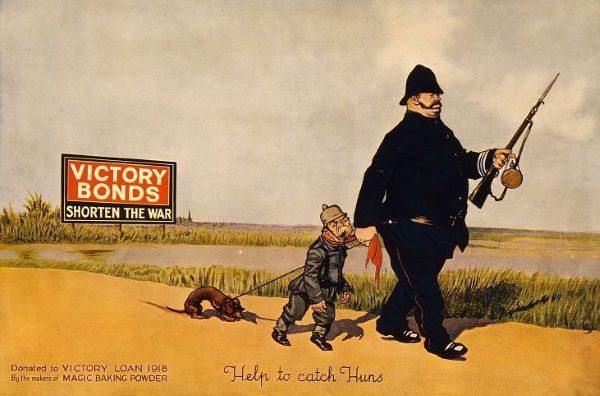
WWI & WWII Canadian Posters
$19.50
Description
Detailed Timeline of Main Events
Early 20th Century (Pre-World War I):
- Canada’s Status: Canada exists as a dominion of the British Empire, meaning its participation in British-declared wars is nearly automatic.
- Canadian Demographics: The majority of Canadian citizens have English, French, Irish, and Scottish heritage.
World War I Era (1914-1918):
- 1914:Britain Declares War on Germany and Allies: Canada’s participation in World War I becomes automatic due to its status as a British dominion.
- Initial Canadian War Posters: Heavily influenced by English posters, often featuring Union Jacks and “John Bull” like characters, and containing much textual material. These posters reflect that many English-speaking Canadians see no conflict between their Canadian identity and British subject status.
- Throughout WWI:Evolution of Canadian War Posters: As the war progresses and becomes bloodier, posters rely more on illustrations and blunt graphic images to convey messages.
- Focus of Posters: Justification for war, war bonds, recruiting, productivity, morale, and home front war effort promotions. Posters appeal to various Canadian heritages (English, French, Irish, Scottish) and remind citizens of suffering in their ancestral nations.
- Specific Propaganda Themes:Anti-German Sentiment: Posters depict stories of German atrocities (e.g., occupation of Belgium, bayoneting of babies, execution of civilians, murder of Nurse Edith Cavell, unrestricted submarine warfare).
- Sinking of Llandovery Castle: This event is used in posters like “Victory Bonds Will Help Stop This. Kulture vs. Humanity,” depicting a Canadian soldier confronting a German submarine.
- Home Front Regulations: Posters like “Are You Breaking the Law? Patriotic Canadians Will Not Hoard Food.” inform citizens about food hoarding fines from the Canada Food Board.
- Fundraising: Posters encourage contributions to the Canadian Patriotic Fund (e.g., “If You Cannot Put the “I” Into Fight, You Can Put the “Pay’ Into Patriotism by Giving to the Canadian Patriotic Fund”).
- Recruitment Appeals:Appeals to French Canadians, emphasizing the “victory of the Gallic rooster over the Prussian eagle” (e.g., “Canadiens Francais. Venez avec nous dans le 150ieme Bataillon C.M.R.”).
- Appeals to Irish Canadians to set aside Irish/British conflict and join the war effort (e.g., “All in One with the Irish Canadian Rangers 199th Overseas Battalion”).
- End of WWI:Canadian Military Service: Canada’s expeditionary force reaches 620,000.
- Casualties: 67,000 Canadians are killed, and 173,000 wounded.
Interwar Period (1918-1939):
- Lessons Learned: Canada applies lessons about effective dramatic and emotional wartime appeals from World War I to its World War II poster strategy.
World War II Era (1939-1945):
- September 10, 1939: The Parliament of Canada declares war on Germany.
- Beginning of WWII: Canadian World War II posters immediately use strong graphics to convey a single message, building on lessons from WWI.
- 1942: The Canadian government consults the Toronto advertising firm Young and Rubicam regarding poster effectiveness. The firm advises that the most effective posters would be purely emotional, using realistic, photographic images accessible to the middle class.
- Throughout WWII: Posters continue to focus on justification for war, war bonds, recruiting, productivity, morale, and home front war effort.
- End of WWII:Canadian Military Service: 1.1 million Canadians serve in uniform.
- Casualties: 45,000 Canadians are killed, and 54,000 wounded.
Cast of Characters
- John Bull: An allegorical character symbolizing England or the United Kingdom. He was often featured or alluded to in early Canadian World War I posters, reflecting British influence.
- Marc Choko: The author of “Canadian War Posters,” cited for his insights into the effectiveness of Canadian propaganda posters.
- Lieutenant Colonel H. Barré: A hero depicted in a World War I poster (“Canadiens Francais. Venez avec nous…”) pointing to an allegorical scene of France attacking Germany, used to encourage French Canadian recruitment.
- Nurse Edith Cavell: A British nurse executed by the Germans during World War I. Her murder was a significant atrocity highlighted in anti-German propaganda posters, including the non-government “Once a German? Always a German!” poster.
- Canadian Soldier (Unnamed): A symbolic figure representing Canadian military personnel, often depicted in posters engaging in combat or reacting to atrocities (e.g., holding a drowned Red Cross worker in the “Victory Bonds Will Help Stop This” poster).
- Canadian Civilian (Unnamed): Represented by figures in posters related to home front efforts, such as a man and woman hoarding food or a worker contributing to the Canadian Patriotic Fund.
- German Sailor/Submarine Crew (Unnamed): Depicted as antagonists in posters, specifically in the “Victory Bonds Will Help Stop This” poster, representing the German military and its actions.
- Policeman (Silhouette): A figure in the “Are You Breaking the Law? Patriotic Canadians Will Not Hoard Food.” poster, symbolizing law enforcement and the consequences of violating wartime regulations.
- Young and Rubicam (Toronto Advertising Firm): A commercial advertising firm consulted by the Canadian government in 1942 to advise on the effectiveness of World War II posters. They recommended emotional appeals through realistic, photographic images.
World War I & World War II Canadian Posters
A compilation of 705 Canadian war posters exists, produced in both English and French languages, spanning the periods of the First and Second World Conflicts. As a self-governing territory within the British Empire, Canada’s involvement in the Great War was virtually assured once the United Kingdom declared hostilities against Germany and its associated powers. Canada deployed a substantial expeditionary force, numbering 620,000 personnel.
The conflict concluded with 67,000 Canadian fatalities and 173,000 injured. Canada’s Parliament formally declared war on Germany on September 10, 1939. A total of 1.1 million Canadians wore military uniforms throughout the Second World War. The war claimed the lives of 45,000 Canadian individuals, with an additional 54,000 sustaining injuries. This particular compilation comprises 245 posters from the First World War and 460 from the Second World War, originating from Canada. These visual aids primarily emphasized reasons for conflict, war financing, military enlistment, output efficiency, public spirit, and initiatives supporting the war effort on the home front.
Frequently, the imagery on these posters leveraged the English, French, Irish, and Scottish roots dominant among the Canadian populace. Visuals routinely evoked memories of hardship and danger experienced by people in the ancestral lands of many Canadians. The design of Canadian posters during the First World War mirrored much of the artwork concurrently created in Britain. Representations of the Union Flag and figures akin to “John Bull” frequently appeared. These posters illustrate how a significant portion of English-speaking Canadians perceived no contradiction between their sense of Canadian nationhood and their designation as subjects of the British Crown.
Early in the First World War, Canadian propaganda posters incorporated extensive written content. As the conflict intensified, Canadian wartime advertisements increasingly used imagery to communicate core ideas. More direct and striking visual representations emerged as the lengthy war grew in brutality. From their inception, Canadian posters for the Second World War employed impactful visuals to convey a singular message pertinent to the poster’s theme. Lessons gleaned from the First World War regarding the potency of dramatic and heartfelt wartime solicitations were applied to Canadian poster designs.
Marc Choko, who authored “Canadian War Posters,” indicates that the Canadian government sought advice from the Toronto-based advertising agency Young and Rubicam during 1942. The agency advised government officials that the most impactful posters would evoke pure emotion, “connecting with feelings through lifelike visuals featuring photographic precision, easily understood by vast numbers of middle-income individuals.”
Notable items within this compilation feature:
The slogan reads: “Victory Bonds Will Help Stop This. Kulture vs. Humanity.” This particular print depicts a Canadian serviceman cradling a deceased Red Cross volunteer, while shaking his clenched hand at the crew members aboard a German submarine positioned close by. The image alludes to the naval disaster involving the Canadian Red Cross vessel, the Llandovery Castle.
Another piece questions: “Are You Breaking the Law? Patriotic Canadians Will Not Hoard Food.” The visual displays a man and a woman holding bags of secretly accumulated flour and sugar, observing the shadow of a police officer passing their window, which is obscured by blinds. A notice from the Canada Food Board, outlining penalties for excessive stockpiling, is visible on the wall.
A third example states: “Once a German? Always a German!” This intensely anti-German propaganda poster vividly illustrates narratives of cruel acts carried out by Germans throughout the First World War.The visual depictions encompass the Belgian occupation, the brutal slaying of an infant with a bayonet, the summary execution of non-combatants, the killing of Nurse Edith Cavell, and indiscriminate submarine attacks against unarmed civilian vessels.
An independent poster exhorted the populace to refrain from employing individuals of German origin or purchasing German merchandise. A message stated, “Though you may not participate directly in warfare, you can still express your patriotism through financial contributions to the Canadian Patriotic Fund.” One poster displayed a military serviceman and a laborer depicted together, both donating to the Canadian Patriotic Fund.
A separate poster, written in French, appealed to “French Canadians” to “come with us into the 150th C.M.R. Battalion” and “aid in the victory of the Gallic rooster over the Prussian eagle.” Another poster featured Lieutenant Colonel H. Barré, a respected figure, depicted in front of the tricolor flag, directing attention to an illustration of a rooster, labeled “France,” assaulting an eagle, identified as “Germany.” This slogan declared, “United with the Irish Canadian Rangers 199th Overseas Battalion.”
A visual advertisement implored Irish Canadians to disregard existing Irish-British disputes and support the military campaign. This particular poster displayed a complete map of Ireland alongside the emblem of the 199th battalion.
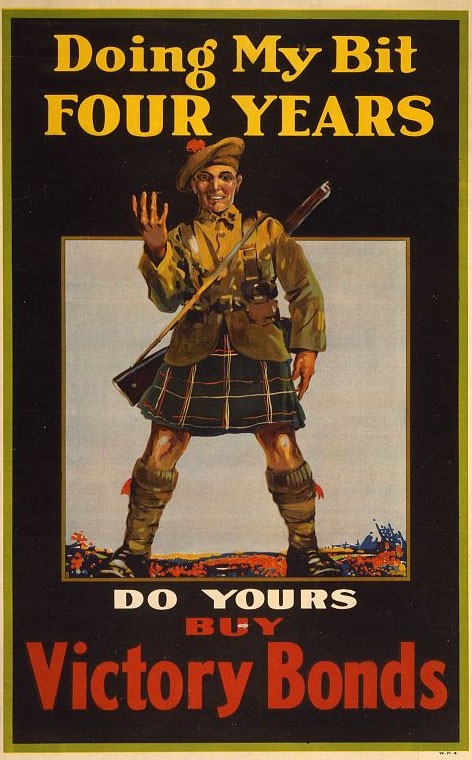
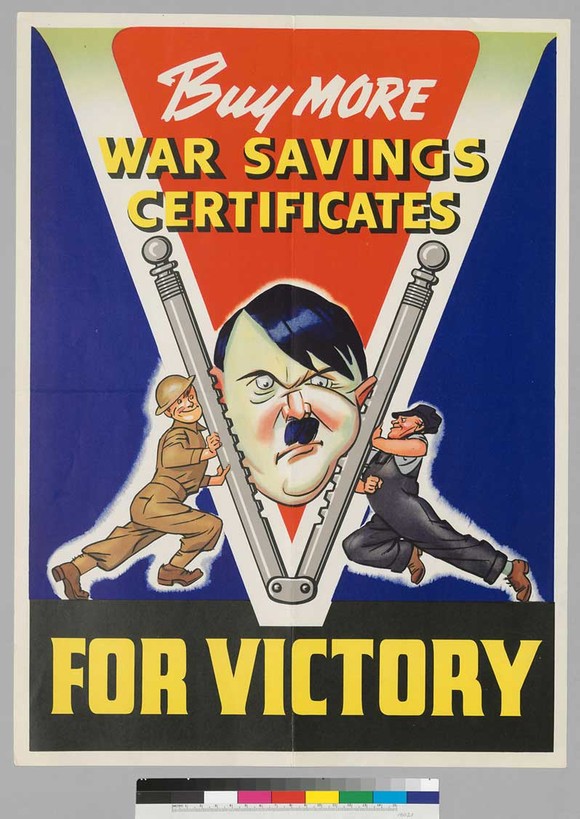
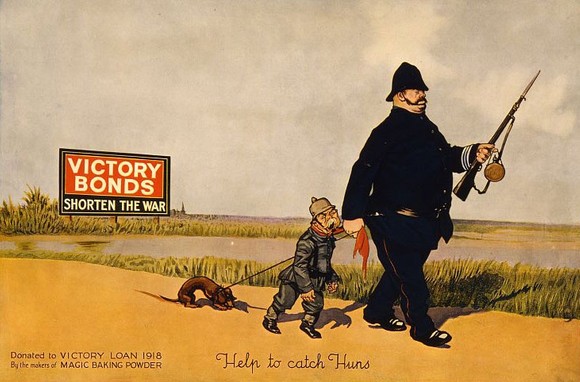
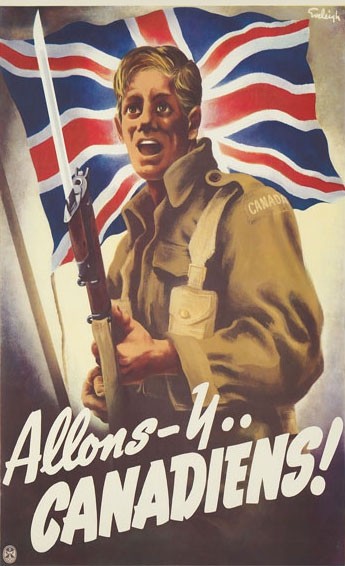
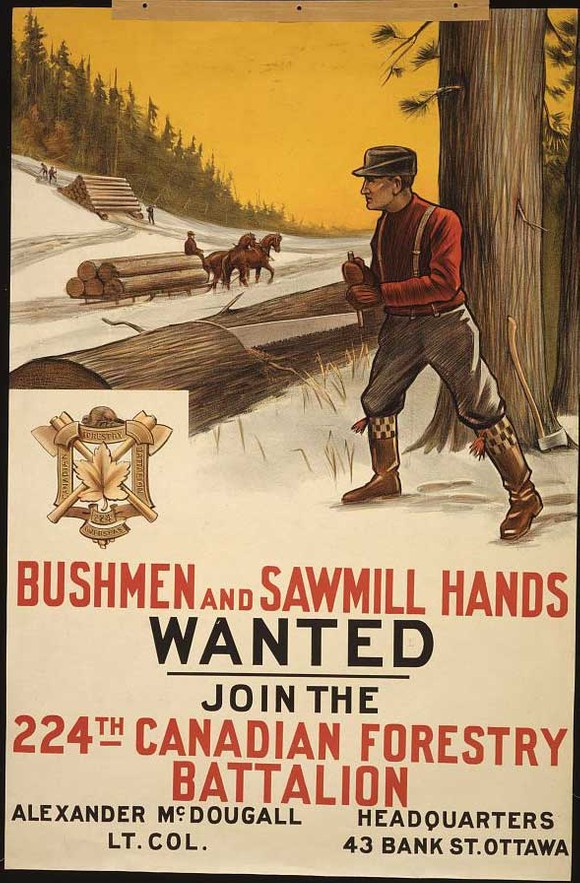


Related products
-
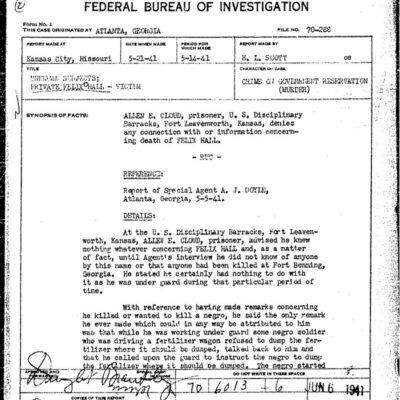
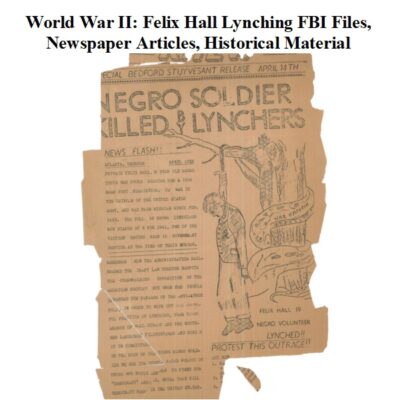
World War II: Felix Hall Lynching – FBI Files, Articles, Historical Records
$9.99 Add to Cart -
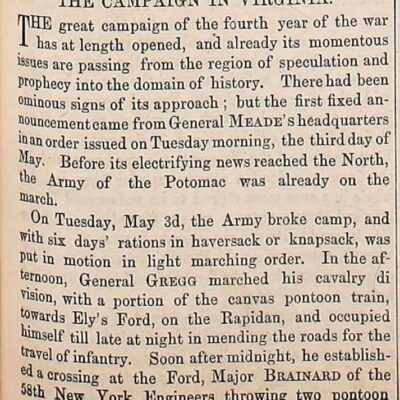
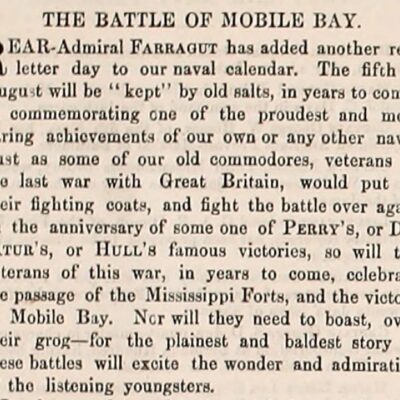
Civil War: Army Navy Journal & Gazette Volume 1 (1863 – 1864)
$19.50 Add to Cart -
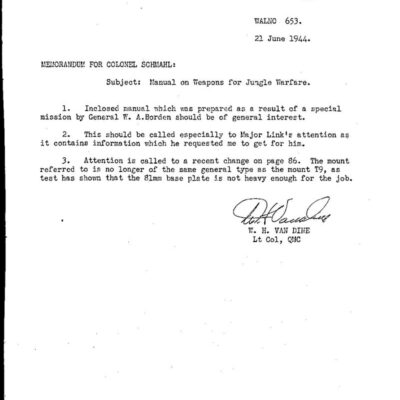
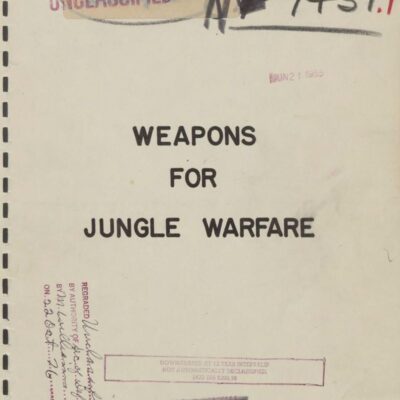
World War II Manual on Weapons for Jungle Warfare (1944)
$1.99 Add to Cart -
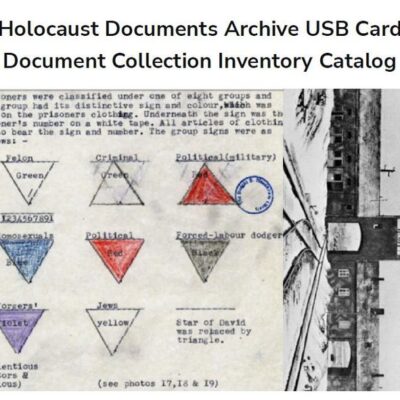
Holocaust Document Archive PDF file – Inventory Catalog of Document Collection
$3.94 Add to Cart